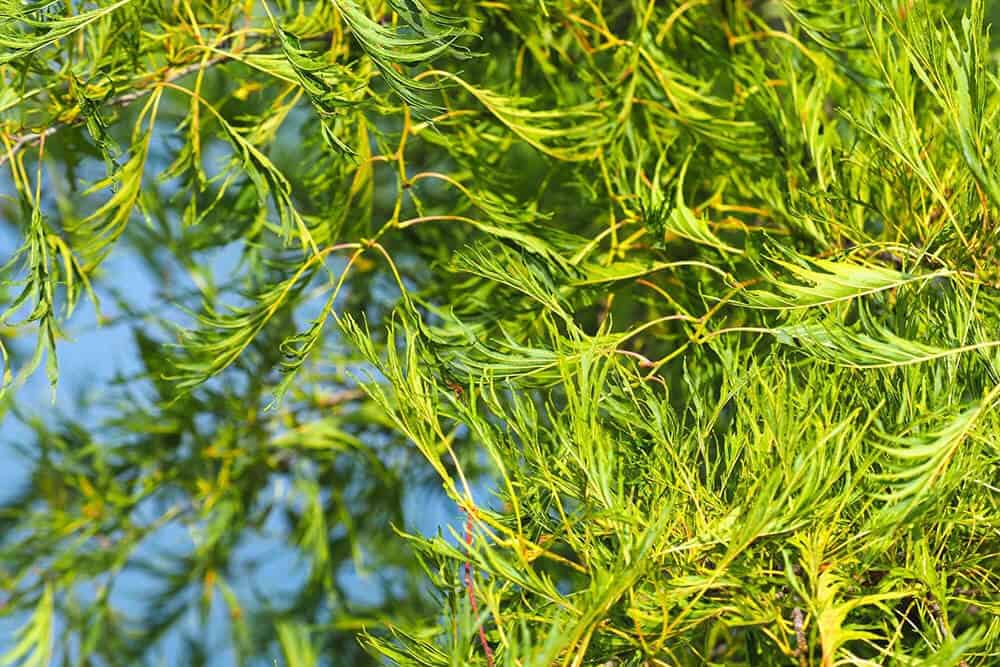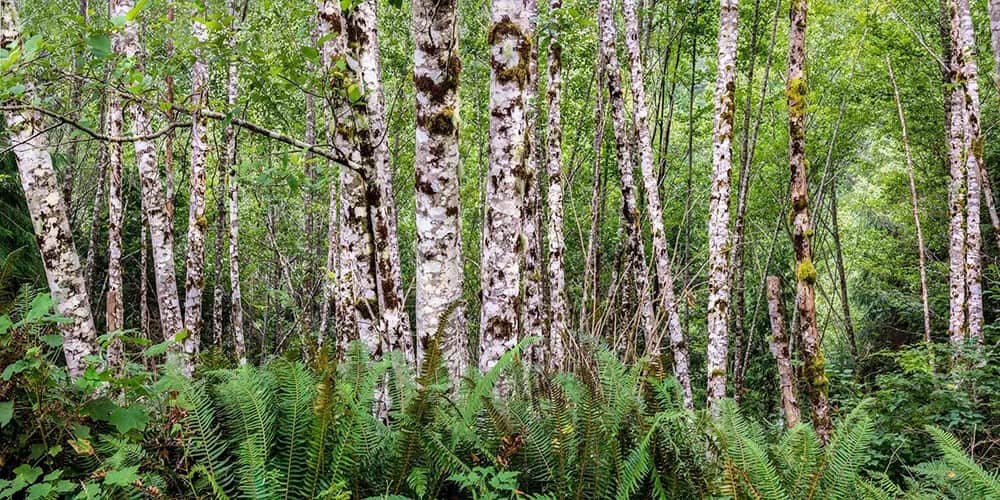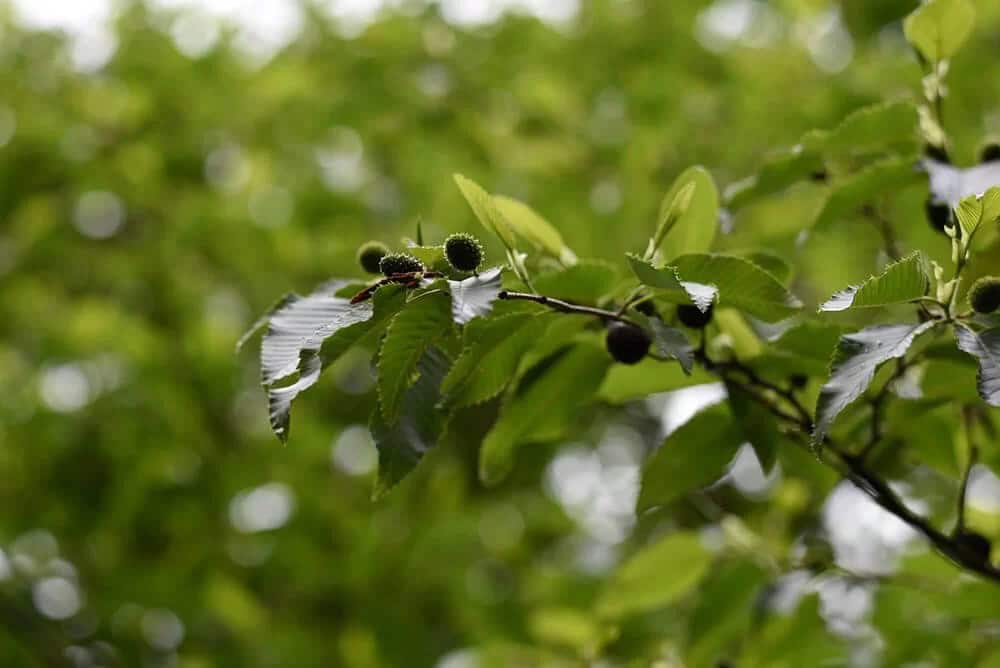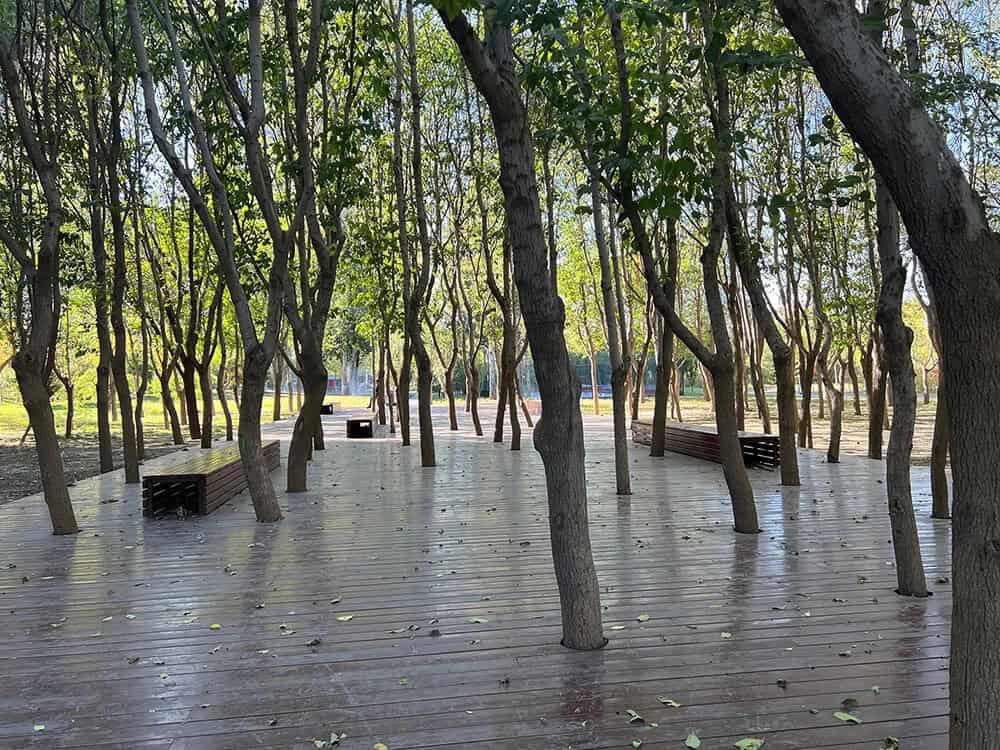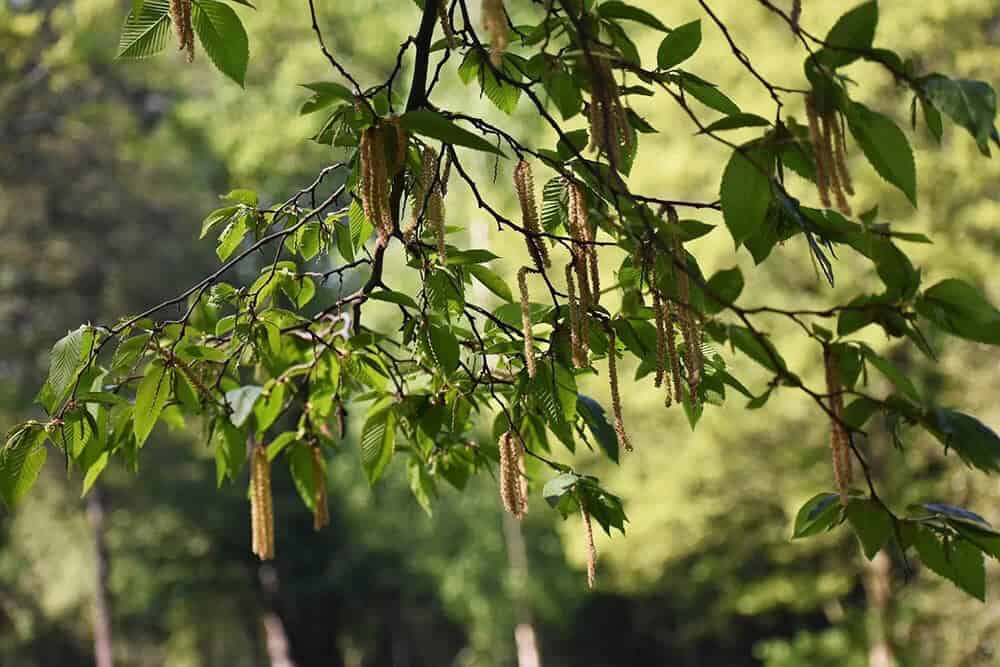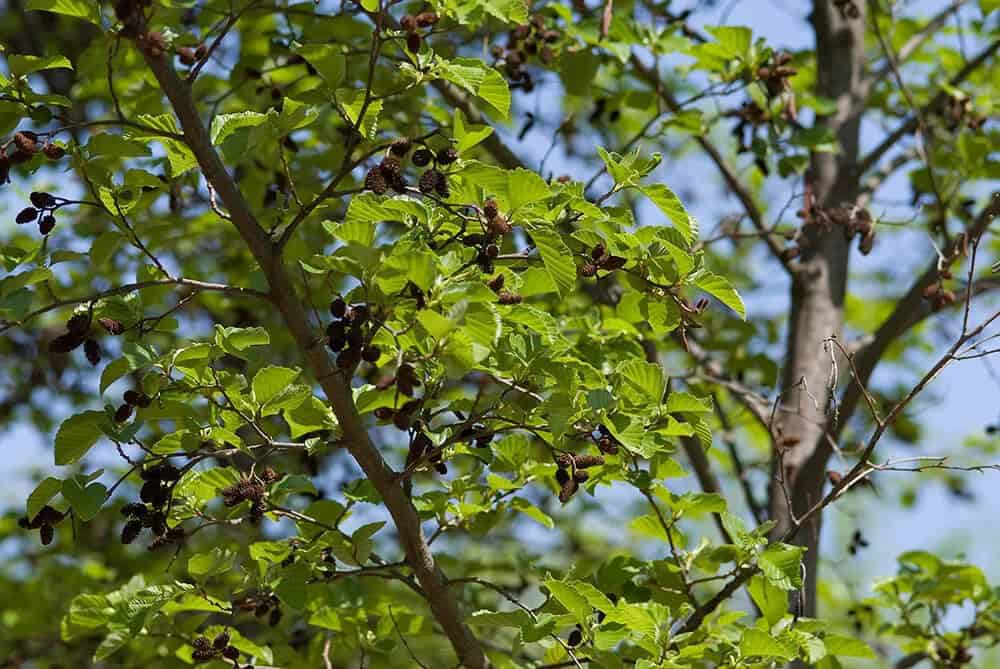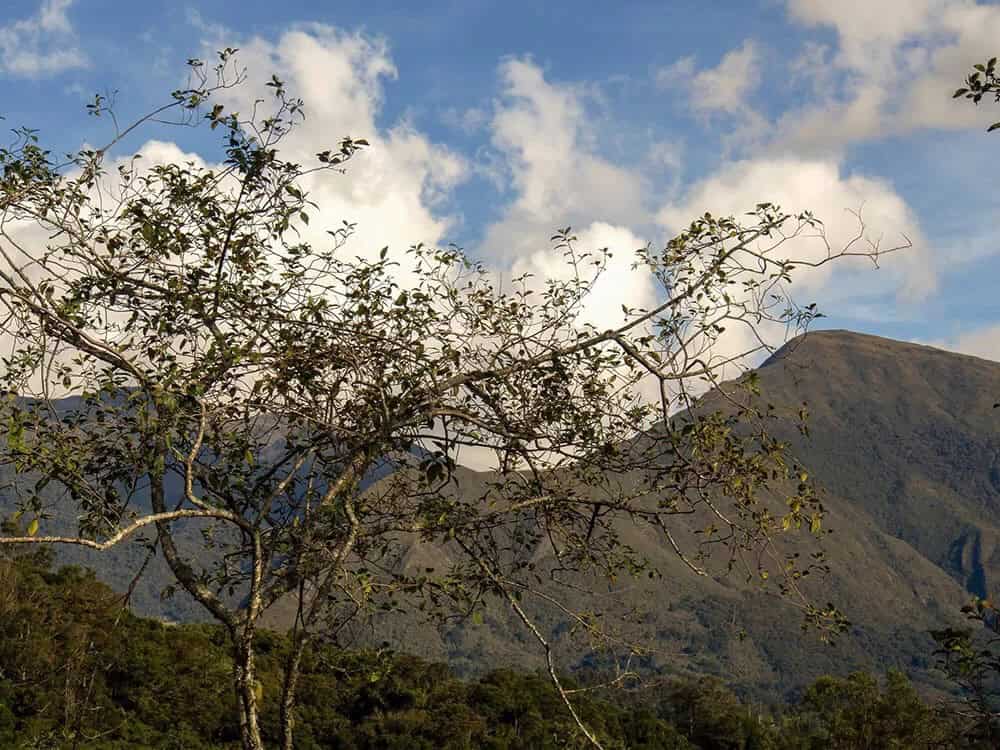Alders are often misunderstood as being nothing more than a reliable lumber tree, but they are so much more than that. As members of the birch family (Betulaceae), these trees have earned a reputation for being remarkably adaptable and fast-growing – a rare combination in the world of botany. Their extraordinary ability to thrive in environments where other trees would struggle is just one reason why alders are such valuable timber trees.
They can tolerate flooding, drought, poor drainage, and even infertile soils that would be inhospitable to most plants. What’s more, alders have the unique ability to convert nitrogen from the air into a usable form, thanks to the help of bacteria living in their roots. This process, known as nitrogen fixation, is a rare occurrence among non-legume plants and allows alders to flourish even on soils that would be too poor for other trees to grow.
Despite their rapid growth rate and relatively soft wood, alders are surprisingly strong and resilient. Unlike many fast-growing landscape trees, they rarely shed limbs and are not prone to pest or disease issues. Whether you’re looking to revitalize a problem yard with challenging soil conditions, create a hedge or screen, or simply introduce some variety into your landscaping, the alder tree is definitely worth considering.
Key Takeaways
Alders, belonging to the genus Alnus, share a close kinship with birches (Betula). With approximately 30 species spread across the globe, nearly all of them can be found native to Europe, Asia, or North America – sometimes even all three, as seen in the green alder. These trees typically range from shrub-sized to medium-height, rarely exceeding 10-50 feet in stature; however, a few select species have been known to reach heights of over a hundred feet.
The red alder (Alnus rubra), native to North America, and European or black alder (Alnus glutinosa), found in Europe, are among the most common alder species. Characterized by their rapid growth, hardiness, and adaptability, many alders thrive near waterways or even within them.
Their unique ability to form symbiotic relationships with root-dwelling bacteria allows for nitrogen fixation – a process where they ‘trade’ sugar photosynthesis yields for valuable nitrogen compounds, which are subsequently released into the soil as their leaves decay, enriching the environment for surrounding flora.
Notably, alders tend to have relatively short lifespans of 100 years or less; yet, unlike many fast-growing counterparts, they exhibit remarkable resilience against pests and diseases, maintaining a healthy state throughout most of their lives. Alders generally fare well in varied environmental conditions but are intolerant of shade, requiring full sunlight for optimal growth.
12 Tough, But Gorgeous Alders for Any Landscape
Black Alder (Alnus glutinosa)
One of the most widely distributed and cultivated species of alder is the Black or European alder. This versatile tree boasts numerous attractive qualities, making it a popular choice for both natural environments and landscaping. Its remarkable resilience to pests and diseases, combined with its rapid growth rate and ability to thrive in a variety of conditions, has earned it a reputation as a low-maintenance yet highly effective shade provider.
Reaching heights of up to 60 feet, the tree’s broad, pyramidal crown requires no pruning, while its various cultivars offer a range of aesthetic options, including some that display vibrant fall colors.
‘Imperialis’ Alder (Alnus glutinosa var. ‘Imperialis’)
The Black Alder Imperialis stands out from its counterparts due to its distinct appearance and growth habits. While it shares the same botanical classification as other black alder varieties, this particular strain is notable for its slower pace of development and limited height, typically not exceeding 30 feet. What sets ‘Imperialis’ apart most significantly, however, are its unique leaves that take on a lacy quality reminiscent of pine needles, rather than typical leaf structures.
This distinctive foliage, paired with the tree’s conical shape, makes it an ideal specimen to showcase in scenic settings such as near water features or in areas with wet, mucky soils.
Red Alder (Alnus rubra)
Native to western North America, the red alder tree is a notable species that can reach impressive heights of up to 80 or 90 feet tall, with its canopy spread covering roughly half its height. While cultivated trees may not attain these remarkable elevations, they still grow large enough to provide ample shade. Interestingly, red alders are also known for their rapid growth rate, capable of reaching 20 or 30 feet in just ten years with sufficient water supply.
Furthermore, this species has a unique ‘cut-leaf’ variant (A. rubra f. pinnatisecta) characterized by fern-like leaves that add to its visual appeal.
White Alder (Alnus rhombifolia)
In the regions south of zone 6 in North America, the landscape shifts as red alder gives way to white alder, a tree bearing leaves with a subtle curl but otherwise mirroring its counterpart’s appearance. While sharing similarities, white alder boasts superior heat tolerance, thriving as far south as Florida and exhibiting increased drought resilience.
This adaptable species excels in thick or waterlogged soil conditions, yet requires careful consideration when planting near infrastructure due to its shallow root system’s potential to damage sidewalks, driveways, and foundations if too closely planted.
Siebold Alder, Oobayashabushi (Alnus sieboldiana)
Gray Alder, Speckled Alder (Alnus incana)
Native to both Eurasia and North America, the gray or speckled alder thrives in a range of environments. In North America, it’s particularly abundant in the Midwest and western US & Canada. This adaptable species excels as a hedge or screen due to its compact growth habit and robust foliage. As an understory plant, it also demonstrates impressive shade tolerance, making it an excellent choice for areas with partial sunlight.
While it can tolerate some shade, speckled alder still requires some direct sunlight to flourish. Its fast growth rate and remarkable resilience to flooding are additional benefits, although it does require protection from drought conditions.
Japanese Alder (Alnus japonica)
Japanese alder trees are notable for their unique dual identities. On one hand, they grow into a symmetrical specimen tree, reaching heights of 20 to 30 feet, with a crown densely clothed in elm-like foliage from late spring through December. This lush canopy is a staple of the tree’s aesthetic appeal. However, during early spring, Japanese alder trees undergo a striking transformation.
They are adorned with yellow (male) and purple (female) catkins that evoke the vibrant colors of autumn leaves. While they thrive in moist-to-wet soils, Japanese alders also demonstrate an impressive tolerance for dry conditions. This combination of traits has contributed to their popularity as street trees, particularly due to their rapid growth rate.
Smooth Alder (Alnus serrulata)
Hazel alder, also referred to as smooth alder, is a smaller and more shrub-like variety of alder that typically grows up to ten feet tall and often develops multiple trunks. Originating from forests and marshes across eastern North America, this understory tree thrives in shaded environments, showcasing greater tolerance for shade compared to red or white alder, the most prevalent native species.
Hazel alder’s compact stature and dense foliage make it an excellent choice for hedges or screens, further emphasizing its appeal as a wildlife haven. Spring flower clusters attract birds and small mammals, while the plant serves as a vital host for the rare harvester butterfly, which feeds on aphids and is the only known carnivorous species of butterfly.
Siberian Alder (Alnus hirsuta)
Siberian alder is a resilient tree species that thrives in challenging environments. Its native range spans far eastern Russia and northern China, where it’s able to establish itself on rocky, exposed soils thanks to its extensive root system. This hardy tree is surprisingly drought-tolerant yet also capable of withstanding occasional flooding. It’s impervious to serious diseases or pests, making it a reliable choice for landscaping.
What’s more, Siberian alder boasts a striking appearance, with a broad crown that transforms into a kaleidoscope of colors during the fall season – a rare and beautiful sight among its alder counterparts. For home gardeners looking to bring this stunning tree into their landscape, consider the ‘Prairie Horizon’ cultivar, which was bred for its symmetrical growth habit as well as its ability to thrive in urban environments where air pollution is a concern.
Green Alder (Alnus viridis)
Green alder, one of the most widely distributed alder species, thrives in both Eurasia and North America. Its remarkable adaptability is showcased in its ability to colonize areas cleared by avalanches or landslides, earning it the nickname ‘slide alder’ in the western US. Notably, this hardy species can even grow in the challenging conditions of mine tailings. Its exceptional frost tolerance allows it to flourish as far north as zone 1, specifically northern Alaska.
At a relatively modest height, rarely exceeding that of an average person, green alder is an ideal choice for planting under larger trees or in small spaces, making it a versatile and practical option.
Italian Alder (Alnus cordata)
Italian alder, native to Italy and southern Europe, has gained popularity as an ornamental tree due to its exceptional hardiness, symmetrical shape, and impressive foliage. In fact, it has received the Royal Horticultural Society’s Award of Garden Merit for these attributes. This versatile tree thrives in a wide range of environmental conditions, but excels on highly alkaline soils that often prove challenging for other landscape plants.
Typically growing to a height of 40 to 50 feet, Italian alder is an excellent choice for yards with poor soil or areas that consistently retain moisture, making it an ideal solution for filling low-lying spots in the landscape.
Andean Alder (Alnus acuminata)
In contrast to its peers in the genus, Andean alder is uniquely native to the Southern Hemisphere. Its range stretches along the west coast of South America, spanning from Chile northwards into Central America and Mexico. Notably, it thrives in areas with highly acidic soils, displaying a resilience that sets it apart from many other alders. While it still requires consistent moisture, Andean alder is surprisingly adept at tolerating dry conditions.
One notable exception to its hardiness, however, is frost. In regions with more pronounced winter seasons, it’s essential to plant Andean alders in sheltered spots to safeguard them against harsh winds and freezing temperatures.
12 Enchanting and Adaptable Alder Trees With Colorful Canopy
Alders are renowned for their remarkable resilience and rapid growth, permitting them to flourish in environments where other trees struggle to survive. They exhibit exceptional adaptability, thriving on sites with poor drainage, flood-prone soils, or dry and droughty conditions. This remarkable ability is attributed to their symbiotic relationship with soil bacteria, enabling them to colonize infertile soil and improve its quality as they grow.
As a result, alders create an environment conducive to the growth of less tolerant plants. If your landscape is plagued by drainage or fertility issues, an alder can be a valuable asset. However, their value extends beyond their hardiness. Their birch-like foliage, vibrant catkins, and unique fruits offer not only aesthetic appeal but also sustenance and shelter for wildlife.
Moreover, the plants that surround them will benefit from the annual application of natural fertilizer in the form of fallen leaves. While alders do have limitations – they require significant water and their lifespan is relatively short compared to oaks or maples – they remain a valuable addition to any landscape.
Frequently Asked Questions About Alder Trees
How do I identify an alder tree?
When attempting to identify an alder species, start by considering its habitat – as a general rule, they thrive in proximity to water sources. Next, take a closer look at the leaves: despite differences between species, many common alders feature small, oval-shaped leaves with toothed or serrated edges. The reproductive structures are also telling signs of an alder’s identity.
Male trees typically display long, drooping catkins similar to those found on oak trees, while female trees sport woody strobiles – distinctive features that can help you pinpoint the species.
What is special about alder trees?
Alders are renowned for their remarkable resilience, thriving in a wide range of soils and tolerating both drought and flooding with ease. Their growth rate is equally impressive, with some species capable of increasing their height by up to two feet per year. What’s more, unlike many fast-growing trees, alders don’t compromise on wood quality, retaining sturdy limbs that resist damage.
Additionally, Alders possess a unique ability to fix nitrogen from the air through a symbiotic relationship with bacteria in the soil. This remarkable trait allows them to flourish in poor soil conditions and even enhance its fertility as they grow, enriching the surrounding environment via their root system.
What does a European alder look like?
The European alder (Alnus glutinosa) is a deciduous tree with a conical or pyramidal crown that reaches medium to large sizes. Its small, egg-shaped leaves measure 2-4 inches in length and retain their green color longer than those of most other trees, making them stand out during the fall season. When it comes to identifying alder trees, a closer look at their flowers is necessary. As they are monoecious, they produce either all male or all female flowers.
The male catkins are approximately two inches long, green in color and dangle from the ends of twigs. In contrast, female catkins are less conspicuous but develop into strobiles, which resemble small pine cones, that persist on the tree until the fall season has passed.
What type of wood is alder?
Alder wood is distinguished by its softness, comparable to pine but with a more refined grain structure. This workability makes it an attractive choice for woodworkers, who appreciate the unique knotted appearance reminiscent of cherry wood. Furthermore, alder is remarkably resistant to decay when submerged in water, a characteristic that has been leveraged in various construction projects throughout history, including the iconic Venetian canals.
Today, one of the most notable applications of alder wood is in the production of electric guitars, as it is believed to imbue instruments with a distinctive tone. Its versatility and tonal properties have solidified its position as a popular choice among musicians and guitar manufacturers alike.
What is the difference between an alder and an elm?
While alders and elms share some similarities, their unique characteristics can be used to differentiate between the two. One key distinction lies in their bark: alders feature smooth bark that develops shallow fissures as they mature, whereas elms have a distinctive corky texture with deep grooves and channels. This visual cue is particularly useful when trying to tell them apart. Another notable difference is found in the fruit each tree produces.
Elm fruits are small samaras, similar to those of maple and ash trees, featuring a single seed per wing. In contrast, alder seeds are contained within strobiles, pine cone-like structures that add an extra layer of complexity to the identification process.
Is alder better than oak?
When considering the right tree species for your yard, factors like location and specific needs come into play. Alders are pioneer species that thrive in diverse soil conditions and grow relatively quickly, whereas oaks tend to flourish in mature woodlands with more precise growing requirements. While some oak species do exhibit moderate growth rates, they generally progress at a slower pace than alders.
If you’re looking for a tree that can revitalize a challenging area of your yard where other plants struggle to thrive, an alder might be the ideal choice. Not only will it tolerate adverse conditions, but it also enriches the soil with nitrogen as an added bonus. Conversely, if you’re seeking a long-lived specimen tree that will add beauty and character to your landscape over time, an oak is likely the better option. An additional distinction worth noting is the trees’ foliage patterns.
Oak leaves are renowned for their vibrant fall colors, creating a stunning visual display. In contrast, alder leaves typically don’t change color; instead, they simply wither on the tree and drop off during the winter months. If you’re hoping to experience a spectacular fall show, oaks have a clear advantage over alders.
Is alder better than pine?
While Alders and Pines share some similarities, their distinct appearances can make all the difference in terms of aesthetics. The shape of pines tends to be more defined, whereas Alders often have a less structured crown and may even exhibit multiple trunks. Additionally, personal preference regarding evergreen trees will also influence your decision. In terms of cultivation requirements, Alders display greater tolerance for poor soil conditions compared to Pines.
Furthermore, Pines are not suitable for areas with flooding or poorly drained soils, making Alders the clear choice in such locations. Ultimately, the choice between these two species hinges on selecting the right tree for the specific context rather than one being definitively ‘better’ than the other.

